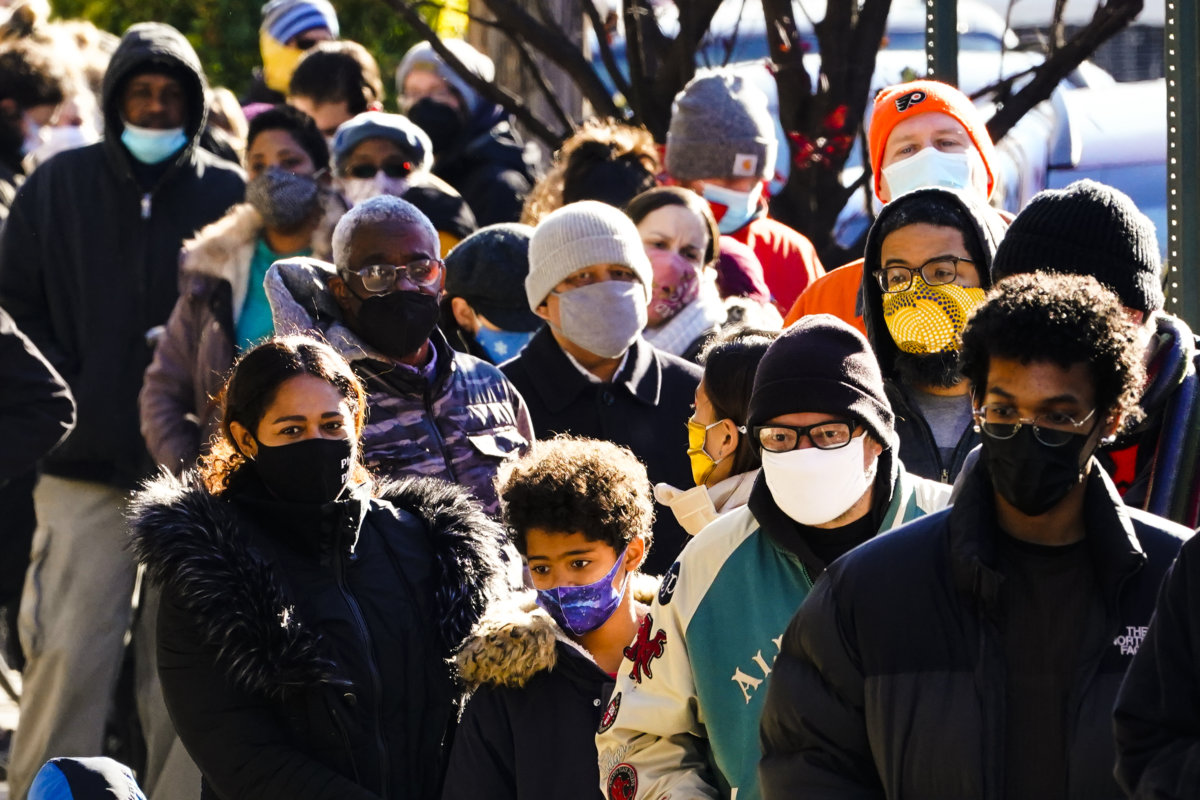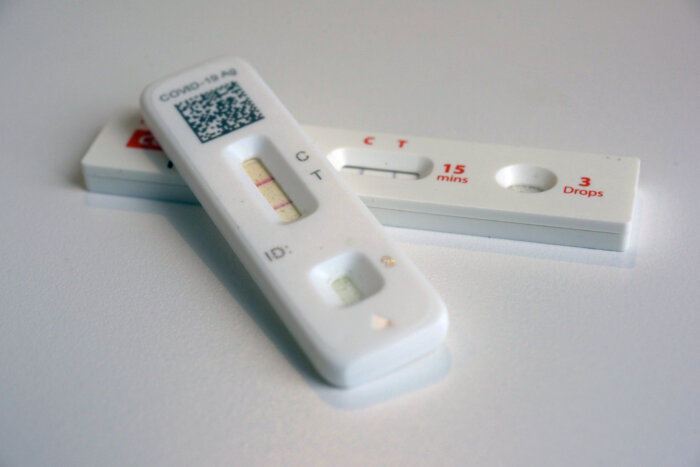By LINDSEY TANNER AP Medical Writer
Millions of people worldwide have had long COVID, reporting various symptoms including fatigue, lung problems, and brain fog and other neurological symptoms. Evidence suggests most recover substantially within a year, but recent data show that it has contributed to more than 3,500 U.S. deaths.
Here’s some of the latest evidence:
WOMEN MORE AT RISK?
Many studies and anecdotal evidence suggest that women are more likely than men to develop long COVID.
There could be biological reasons.
Women’s immune systems generally mount stronger reactions to viruses, bacteria, parasites and other germs, noted Sabra Klein, a Johns Hopkins professor who studies immunity.
Women are also much more likely than men to have autoimmune diseases, where the body mistakenly attacks its own healthy cells. Some scientists believe long COVID could result from an autoimmune response triggered by the virus.
Women’s bodies also tend to have more fat tissue and emerging research suggests the coronavirus may hide in fat after infection. Scientists also are studying whether women’s fluctuating hormone levels may increase the risks.
MONO VIRUS
Several studies suggest the ubiquitous Epstein-Barr virus could play a role in some cases of long COVID.
Inflammation caused by coronavirus infection can activate herpes viruses, which remain in the body after causing an acute infection, said Dr. Timothy Henrich, a virus expert at the University of California, San Francisco.
Epstein-Barr virus is among the most common of these herpes viruses: An estimated 90% of the U.S. population has been infected with it. The virus can cause mononucleosis or symptoms that may be dismissed as a cold.
Henrich is among researchers who have found immune markers signaling Epstein-Barr reactivation in the blood of long COVID patients, particularly those with fatigue.
OBESITY
Obesity is a risk factor for severe COVID-19 infections and scientists are trying to understand why.
Stanford University researchers are among those who have found evidence that the coronavirus can infect fat cells. In a recent study, they found the virus and signs of inflammation in fat tissue taken from people who had died from COVID.
Lab tests showed that the virus can reproduce in fat tissue. That raises the possibility that fat tissue could serve as a “reservoir,” potentially fueling long COVID.
DURATION
It has been estimated that about 30% of people infected with the coronavirus will develop long COVID, based on data from earlier in the pandemic.
Most people who have lingering, recurrent or new symptoms after infection will recover after about three months. Among those with symptoms at three months, about 15% will continue to have symptoms for at least nine more months, according to a recent study in the Journal of the American Medical Association.
Those with severe infections seem to be more at risk for long COVID, although it can also affect people with mild infections. Those whose infections cause severe lung damage including scarring may experience breathlessness, coughing or fatigue for more than a year. And a smaller group of patients with mild initial COVID-19 infections may develop neurologic symptoms for more than a year, including chronic fatigue and brain fog, Purpura said.
“The majority of patients will eventually recover,” he said. “It’s important for people to know that.”































